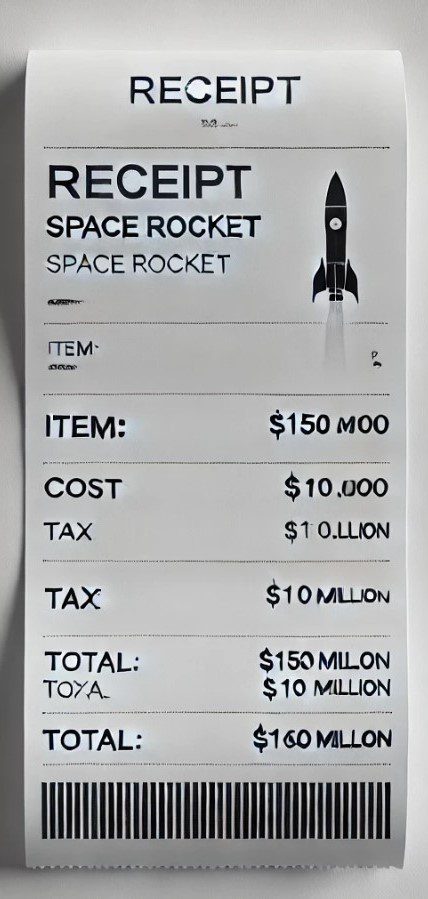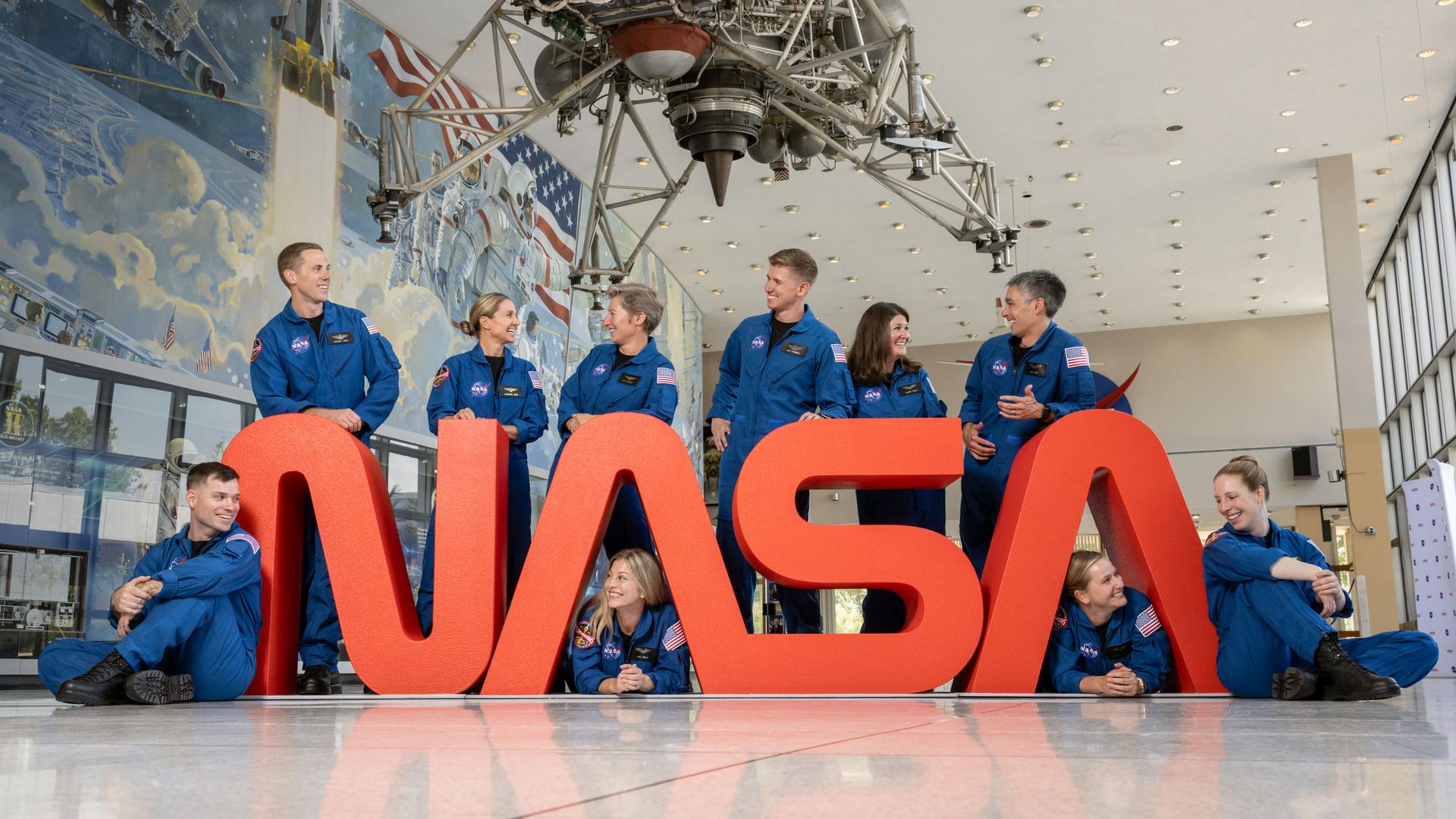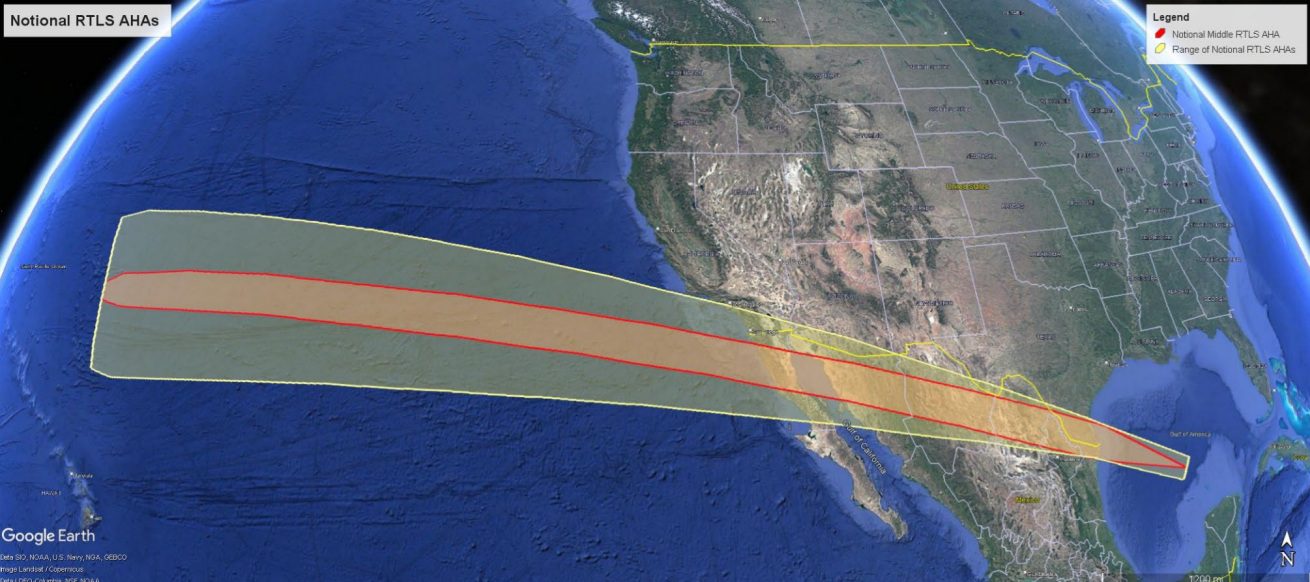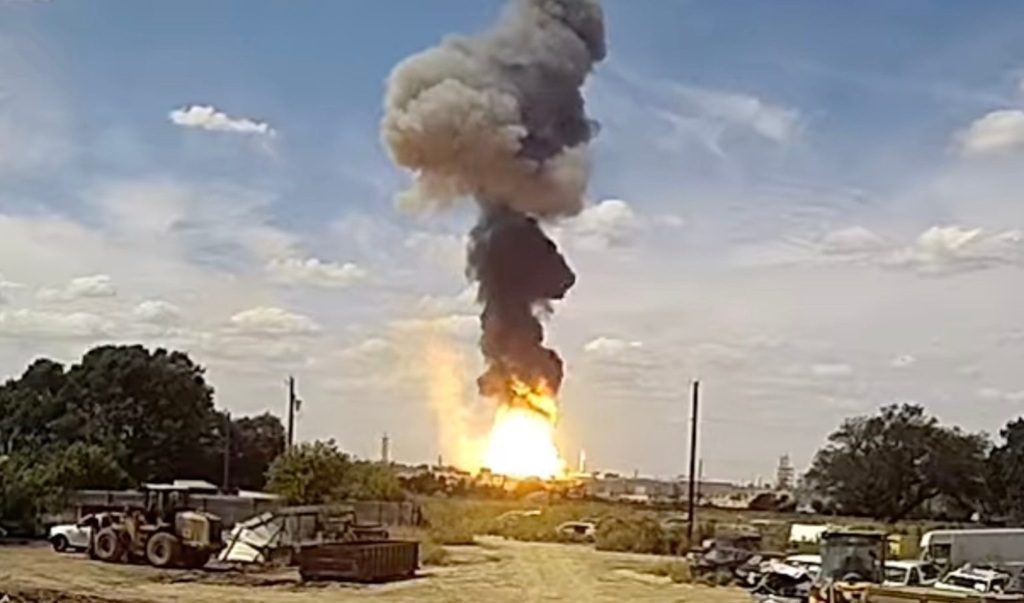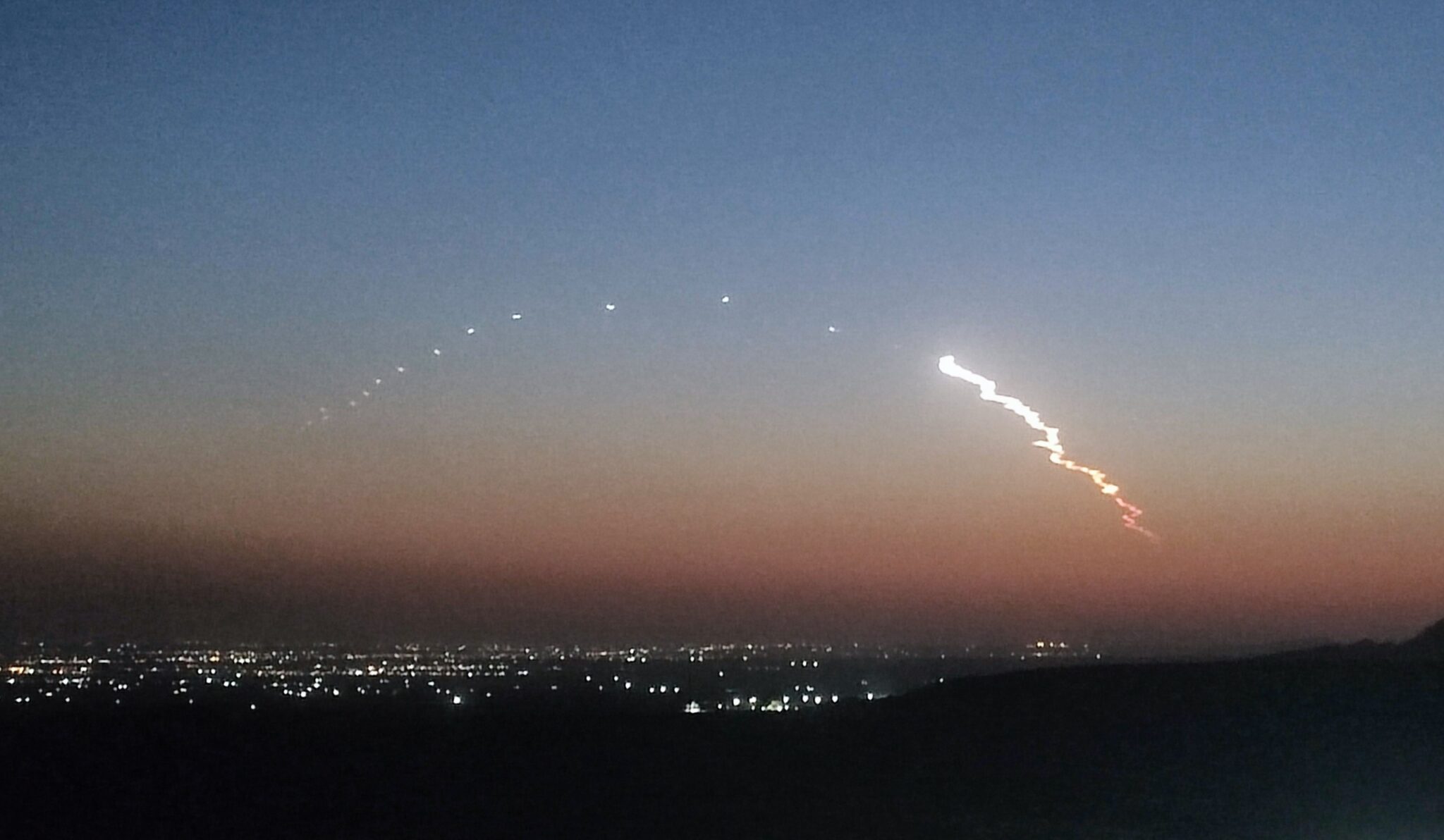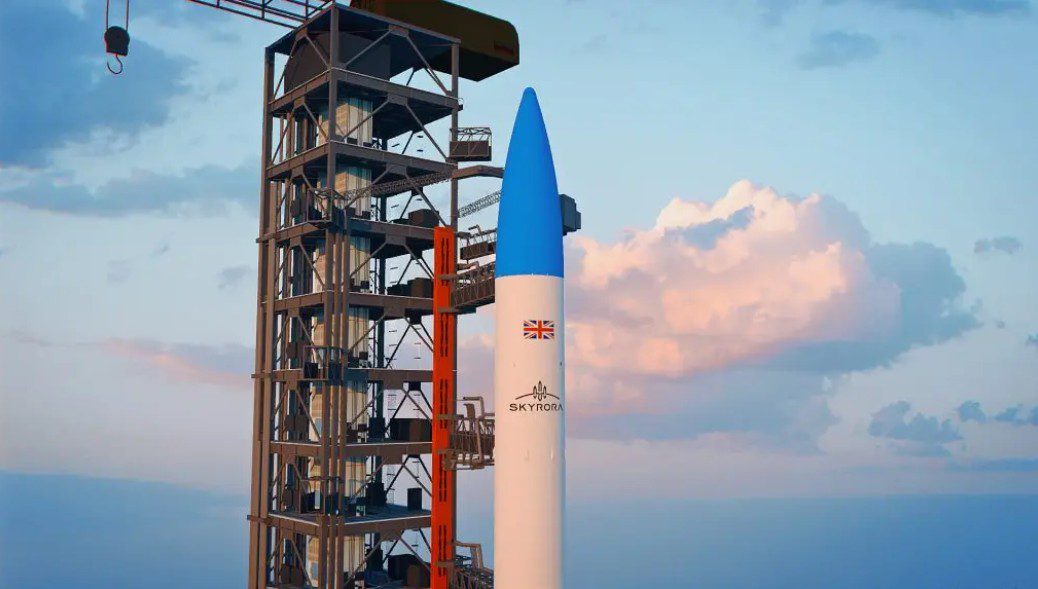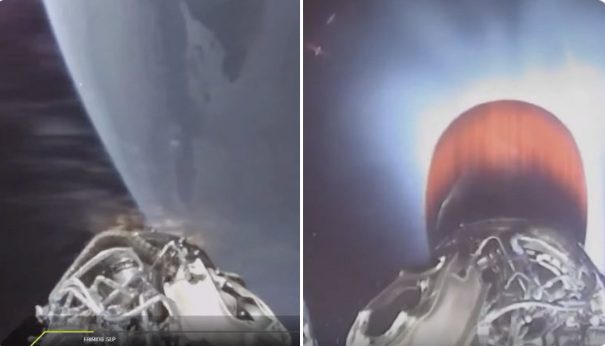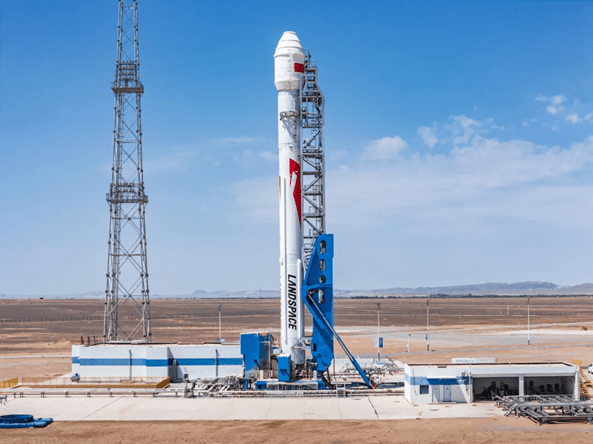Phoenix 1, a re-entry capsule on board the Bandwagon 3 rideshare mission, returned to Earth at a steeper angle than originally intended, after SpaceX adjusted the mission plans for a fellow payload less than two months before the launch.
The payload, developed by German firm Atmos Space Cargo, was designed to test an inflatable heat shield for re-entry and to collect data throughout its journey. Atmos’s plan was to recover the spacecraft from the Indian Ocean after splashdown. The startup spent six months preparing for its safe return, including organising recovery ships.
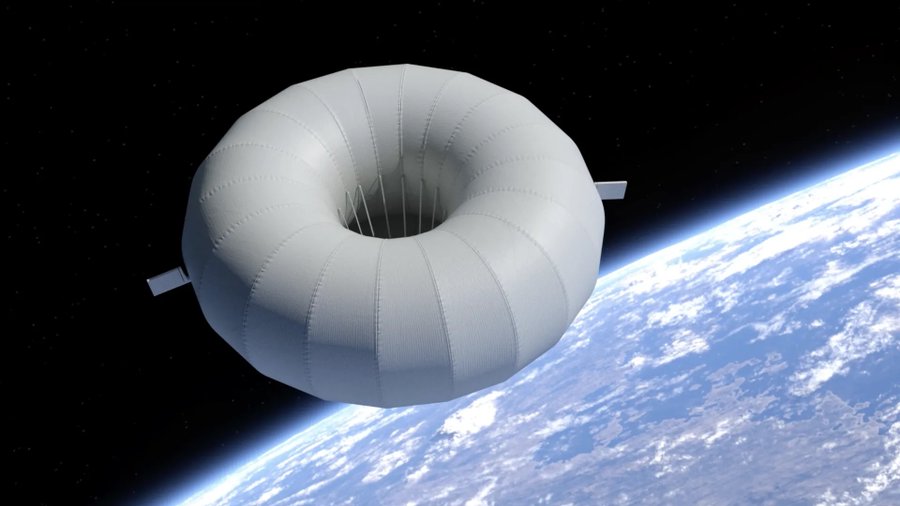
Artist’s impression of Phoenix 1 inflatable heat shield. Courtesy: ATMOS Space Cargo
However, SpaceX made a trajectory change to the mission plan just five weeks prior to the launch date. The space behemoth told Atmos that the changes were due to the “operational constraints” of ADD 425 Project SAR 2 (KorSat-3), the primary payload on the flight. KorSat-3 is a South Korean radar satellite built by KAI in conjunction with Thales Alenia Space and Hanwha Systems Corp.
As a direct consequence of the change, Phoenix 1’s re-entry was at a steeper angle than originally anticipated, placing increased thermal and aerodynamic stress on it. The spacecraft also never made it back to Atmos: the trajectory change meant that it ended up in the South Atlantic, too far out for it be recovered.
Atmos tried to retrieve the data it wanted — on the performance of the spacecraft’s inflatable heat shield during re-entry — by chartering a plane and readying ground stations in South America for possible communication with its spacecraft. Ultimately, though, it was unable to.
Despite the partial setback, Atmos said the mission met most of its objectives for flight data gathering and inflatable heatshield deployment. The information will feed into the development of Phoenix 2, set for launch in 2026 with its own propulsion system to control the re-entry trajectory.
In a briefing on 22 April Sebastian Klaus, chief executive of Atmos, admitted: “It would be much better to have more data on the critical last phase of the flight,” before adding “but then, on the other side, there’s a lot we have learned about all other systems and operational aspects”.
Flight details
The Bandwagon-3 multi-small satellite rideshare mission was launched on a Falcon 9v1.2FT Block 5 from Cape Canaveral, Florida, US, at 0048 GMT on 22 April. The rocket’s B1090 first stage, which was on its third flight, landed at LZ-2. Phoenix 1 was released 90 minutes after launch.
The other payload on board the Falcon 9, alongside KorSat-3 and Phoenix 1, was meteorology sat Tomorrow S7.
Comment by David Todd:
Was Phoenix 1 a success or a failure?
It was a clash in mission plans that stymied the last part of Phoenix 1’s mission, rather than a technical failure or error. It is for that reason that we class this launch as a success on the Slingshot Seradata launch and spacecraft database. Most of the objectives for the Phoenix 1 re-entry test were met, even though — by Atmos CEO’s own admission — its third milestone (to collect data on the performance of the spacecraft’s inflatable heat shield during re-entry) was, as so far known, only “partly successful”.
The drawbacks of sharing a rocket ride
The fate of Phoenix 1 draws attention to one of the downsides of sharing launches: the most important payload (whose operator is, usually, paying the most) dictates the mission. Smaller players can, as in the case of Atmos, find themselves with no choice but to compromise on their own plans. Perhaps SpaceX can at least give Atmos a discount for a Falcon 9 ride for Phoenix 2 — assuming it flies on one for its launch in 2026.
Farah Ghouri contributed to this story

